UVic Rocketry team takes 3rd place at international competition
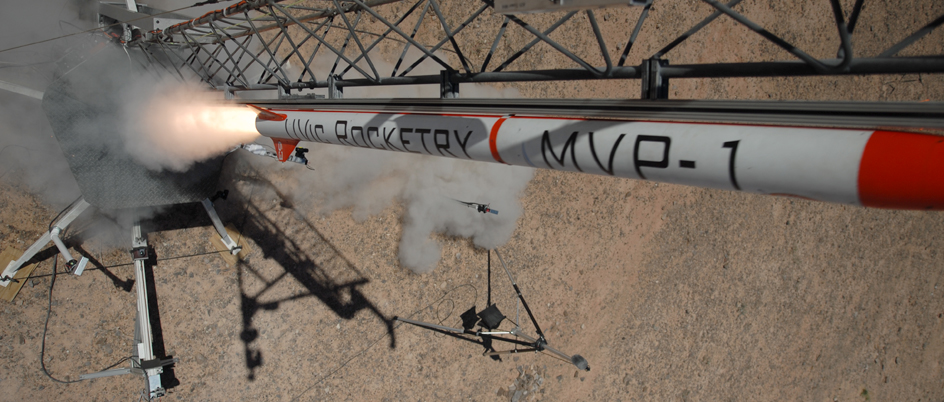
Guest post by Simon Moffatt
As the sun rises across the Utah desert, 12 students methodically set up a tent, tables, and then assemble a rocket. The motor is loaded, gingerly.
The final weight and balance is checked, then adjusted, then checked again. The passengers, unhatched salamander eggs, board the vessel. The judges examine the workmanship: it is good. With the launch rail loaded, the terminal count begins: ten, nine, eight… three, two, one. And go! A rocket punches a hole in the sky.
The UVic Rocketry team attended the 11th annual Intercollegiate Rocket Engineering Competition (IREC) held in Green River, Utah from June 15th to 19th. They won the Team Sportsmanship award and received an honourable mention in the Space Dynamics Laboratory Payload Challenge. The Rocketry team achieved third place in the Basic category, out of 44 teams, beating out teams from MIT, Yale, and UCLA, to name a few. In fact, the top five Universities in the category were Canadian.
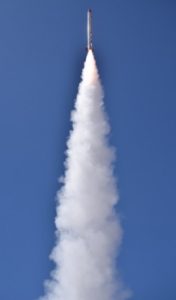
Liftoff
Their rocket, affectionately named Minimum Viable Product (MVP-1), achieved an altitude of 11,700ft and a top speed of Mach 0.95 (1170 km/h) in just under four seconds.
At the highest point of flight, apogee, the rocket deployed a custom drogue parachute. The rocket descended at the predicted rate until it reached an altitude of 1500 feet where the pyrotechnic release fired, allowing the drogue parachute to pull out and deploy the main parachute.
The main parachute carried the rocket slowly to the ground, landing just beside the road a short distance from the launch site. All-in-all, it was a picture perfect flight and recovery.
UVic Rocketry is the first team from British Columbia to compete in the IREC, and this was the first year of the competition that any teams West of Ontario competed. Just over a year ago this team did not exist. No one had heard of UVic Rocketry, and many of the team had not met each other.
Starting as the personal interest of two students, the project evolved into the capstone project of the six founding members. The team formed swiftly from there; a prototype had been made, yet there were still countless hours of work ahead. Payloads were brainstormed, parachutes tested, and deployment charges detonated.
A major aspect of the project was the payload, which had to weigh ten pounds and carry out some sort of scientific mission. The MVP-1 carried salamander eggs in its payload, monitored by a camera and sensors to measure the vibrations and accelerations of the launch. The goal of the experiment was to determine what effects short-term exposure to hyper-gravity has on developing organisms.
The experiment was a success: it was found that the eggs went into a defensive mode of development and ultimately died a few days after the launch, while the control eggs continued to develop normally.
In addition to flying the biological experiment, the team collaborated with the University of Sydney to fly their experiment, a CubeSat (nano-satellite) testbed.
The flight provided useful data regarding the structural dynamics of their satellite to inform future design decisions as they work towards launching it into space. This collaboration is an example of the modular capability of the MVP-1 payload design, which allows researchers to fly their own experiments with minimum integration.
The performance of the rocket was only one element of the judging at the IREC. The first day of the competition was spent presenting the rocket design to judges, other teams, and members of the public. The quality of the presentation was judged, along with the quality of the engineering and science.
The judges were impressed by the fact that the team focused on keeping it simple and doing only a few things really well instead of many things only moderately well. Innovations such as the rocket’s carbon fibre fins with a 3D printed core were examined with interest as none of the judges or other competitors had ever seen such a thing before.
Join the team
The UVic Rocketry team currently has over 30 active student members from engineering, the sciences, humanities, and fine arts. The team is organized by subgroups: aerostructure, avionics, payload, propulsion, and recovery.
The team is open to any student to join, regardless of their field of study or institution. The only requirement is a passion for good challenges and problem solving. Experience with rockets is optional.
Moving forward, the team will be entering two rockets into the 2017 competition, one in the Basic and one in the Advanced category. Two new scientific payloads are being developed for these rockets.
Learn more about UVic Rocketry on their Facebook page.

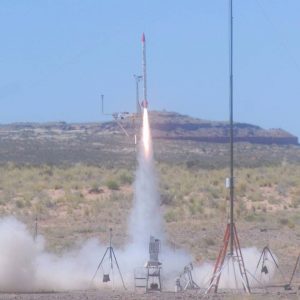
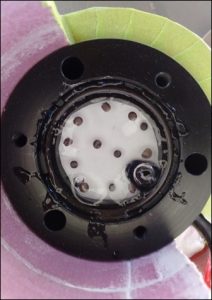
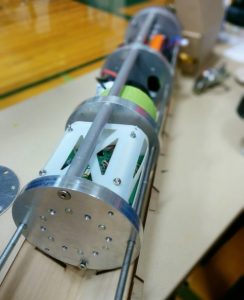
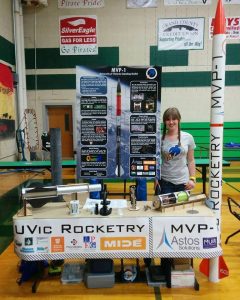

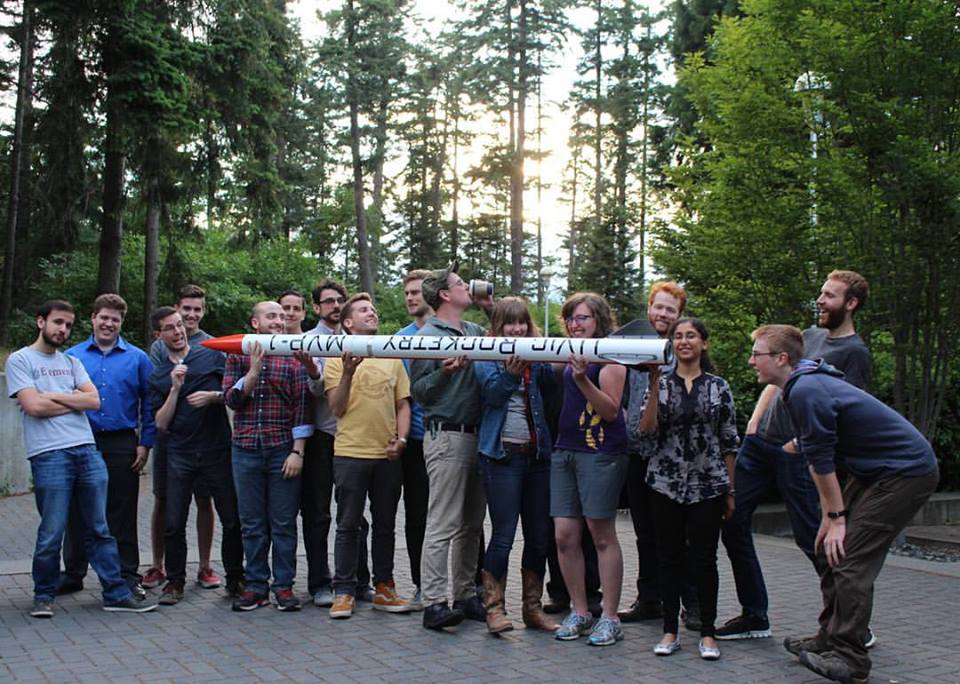
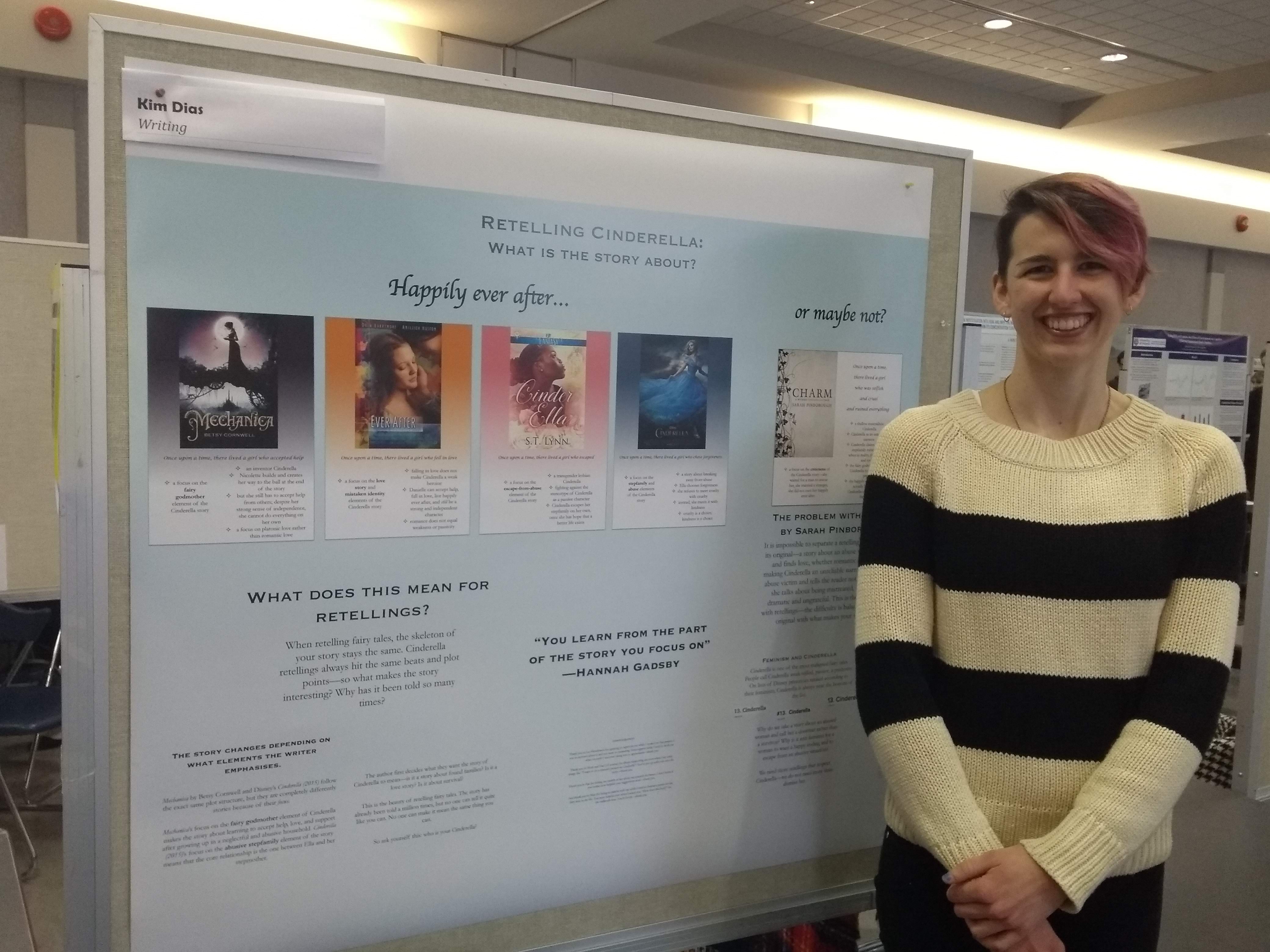
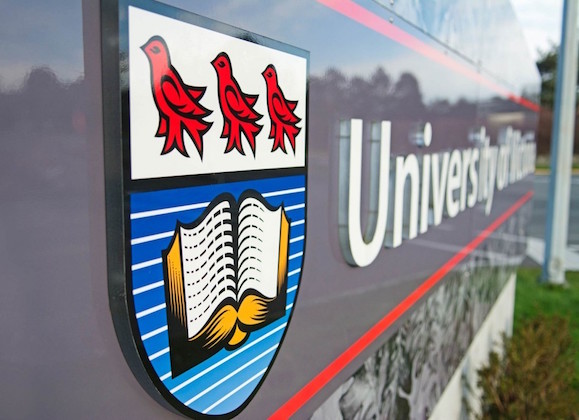
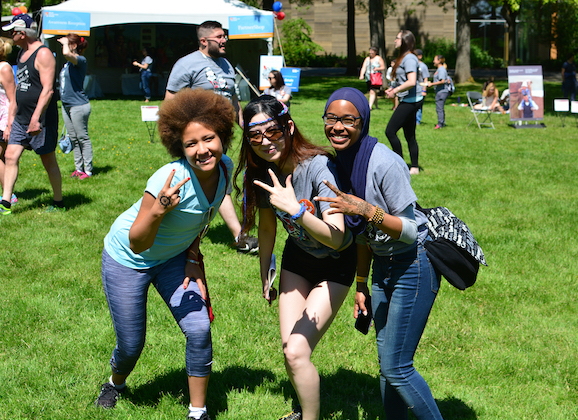
This was such a fun read – thank you Simon! 🙂